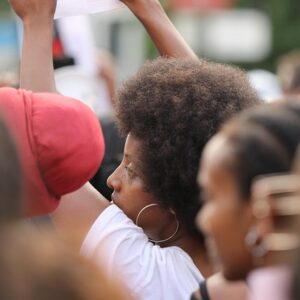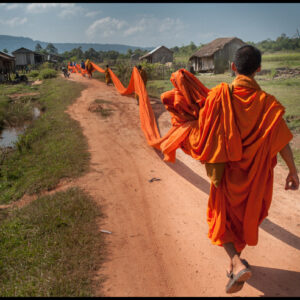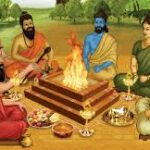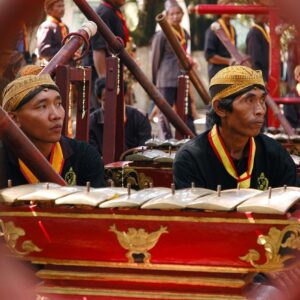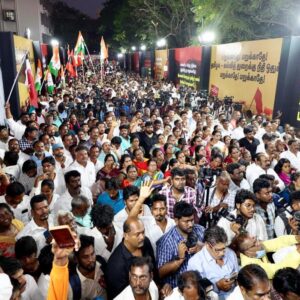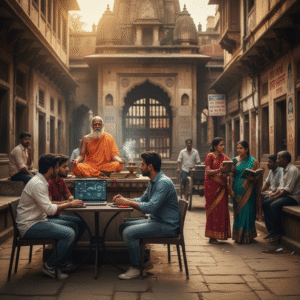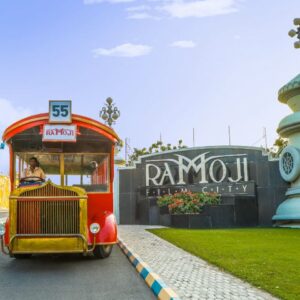A State Shaped by Caste Dynamics
Caste politics in Uttar Pradesh remains a defining feature of its socio-political landscape. The state is home to an intricate web of caste identities that influence elections, governance, and social policies. With nearly 240 million people, its population includes a multitude of castes, each with unique histories and aspirations. The central question remains: Are these dynamics fostering inclusivity and empowerment, or are they perpetuating divisions and regression?
Key Metrics
- Scheduled Castes (SCs): 21.1% of the population (Census 2011).
- Other Backward Classes (OBCs): Approximately 40% of the population (National Commission for Backward Classes).
- Scheduled Tribes (STs): 0.6% of the population (Census 2011).
- Minority Communities: Muslims constitute around 19% of the population, contributing to caste-based complexities within the community.
Detailed Caste Composition
Scheduled Castes (SCs)
SCs, or Dalits, represent a significant demographic in Uttar Pradesh, comprising groups historically marginalized in terms of social and economic opportunities.
- Chamars/Jatavs: One of the largest SC communities, traditionally leatherworkers. Politically empowered by the Bahujan Samaj Party (BSP), they have become a pivotal electoral base.
- Pasis: Traditionally toddy-tappers, this community is the second-largest SC group. They are striving for increased political and economic representation.
- Valmikis: Associated with sanitation work, they have been vocal about issues of dignity and economic inclusion.
- Korins and Dhobis: While smaller in number, these castes often align with Dalit-centric movements for equal rights.
Other Backward Classes (OBCs)
OBCs are a diverse category comprising dominant and marginalized groups with varying levels of political influence.
- Yadavs: Traditionally cattle-rearers, they form the backbone of the Samajwadi Party (SP). Their political dominance among OBCs has shaped state policies.
- Kurmis: Known for their agricultural expertise, they have aligned with regional parties like the Apna Dal and are increasingly vocal about equitable access to resources.
- Lodhis: Associated with the agricultural economy, they often lean toward the Bharatiya Janata Party (BJP) for political representation.
- Koeris, Nishads, and Rajbhars: These smaller OBC communities have recently gained prominence due to targeted outreach by various political parties.
Scheduled Tribes (STs)
Although a small percentage of the population, STs such as theGondsandKharwarscontribute to Uttar Pradesh’s cultural diversity. However, their political representation and access to development initiatives remain limited.
Minority Communities
Muslims in Uttar Pradesh intersect with caste politics, with groups like:
- Ansaris: Traditionally weavers, they often highlight issues of economic marginalization.
- Qureshis: Associated with meat processing, this community frequently engages with both economic and religious narratives in state politics.
Caste in Political Movements
1. Dalit Empowerment
The BSP, under Kanshi Ram and Mayawati, has been instrumental in mobilizing Dalits, particularly Chamars and Jatavs. The party’s focus on reservation policies and social justice has left an indelible mark on Uttar Pradesh’s political history.
2. OBC Assertion
The rise of the SP, championing Yadavs and other OBCs, marked a shift in the political balance. OBC consolidation has led to demands for sub-categorization within the reservation framework to address disparities among communities.
3. Regional Mobilizations
Parties like the Suheldev Bharatiya Samaj Party (SBSP), representing Rajbhars, and the Nishad Party, advocating for riverine communities, have spotlighted the aspirations of smaller OBC groups.
Policy Initiatives and Challenges
Government Initiatives
- Mukhyamantri Samuhik Vivah Yojana: Designed to support SC and ST communities by alleviating the financial burden of marriage expenses.
- Reservation Policies: Quotas for SCs, STs, and OBCs in education and government jobs aim to address historical inequities.
Challenges
- Caste Fragmentation: Smaller groups within SCs and OBCs feel overshadowed by dominant communities, leading to demands for separate quotas.
- Economic Disparities: Dalits and marginalized OBCs often lack access to quality education, healthcare, and employment, exacerbating socio-economic inequalities.
- Intersectionality: The overlap of caste and religion complicates policy implementation and resource allocation.
Progress or Regression?
Signs of Progress
- Increased representation of marginalized communities in politics.
- Growing awareness of caste-based inequities and demands for systemic change.
Signs of Regression
- Continued reliance on caste as a political tool, often at the expense of developmental agendas.
- Rising caste-based violence and discrimination, indicating persistent societal divisions.
Conclusion
Uttar Pradesh’s caste politics remains a double-edged sword. While it has empowered historically marginalized communities, it risks entrenching divisions and overshadowing broader developmental goals. True progress lies in transcending caste identities to create an inclusive society where representation aligns with equity and growth. For Uttar Pradesh, balancing caste realities with governance priorities will determine its trajectory toward a more harmonious future.

